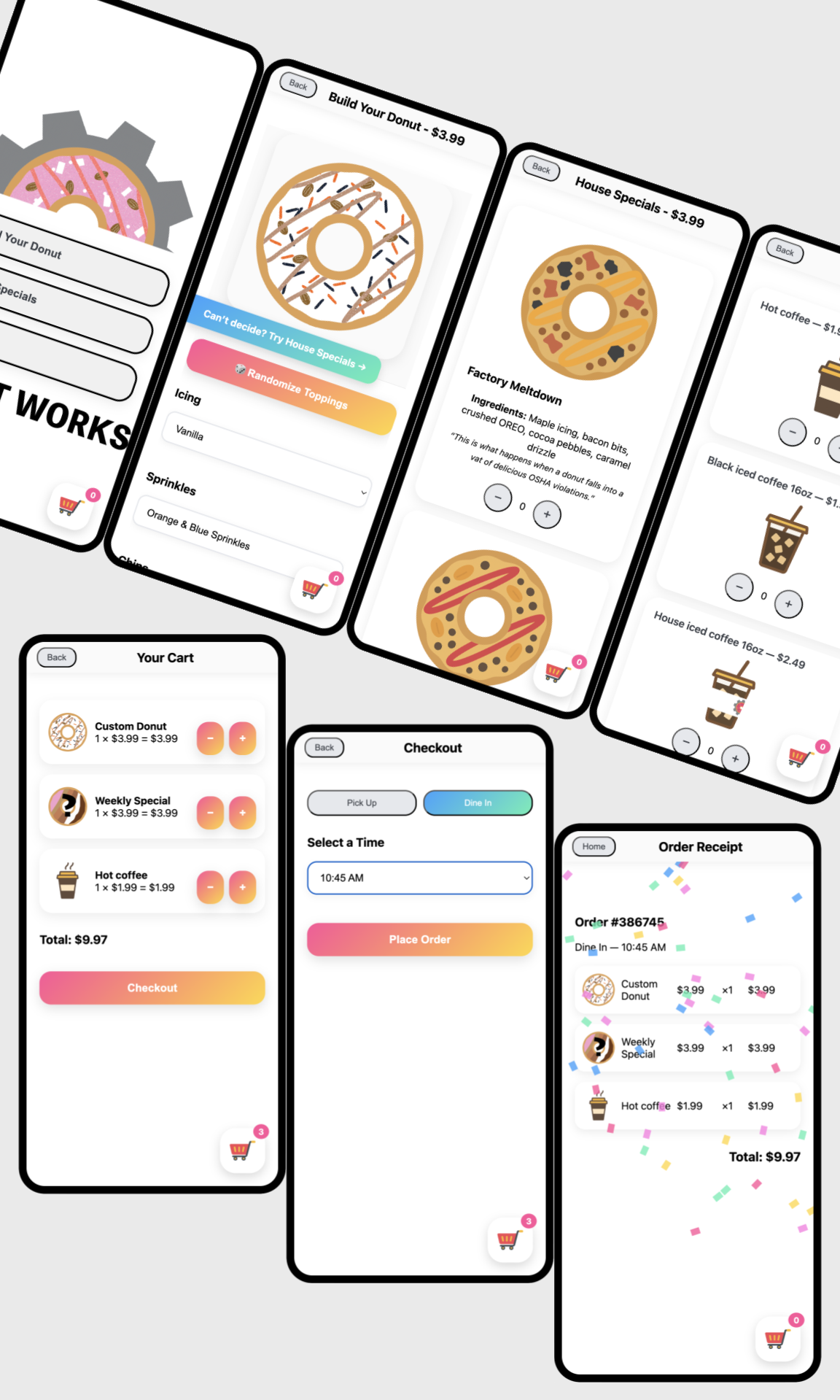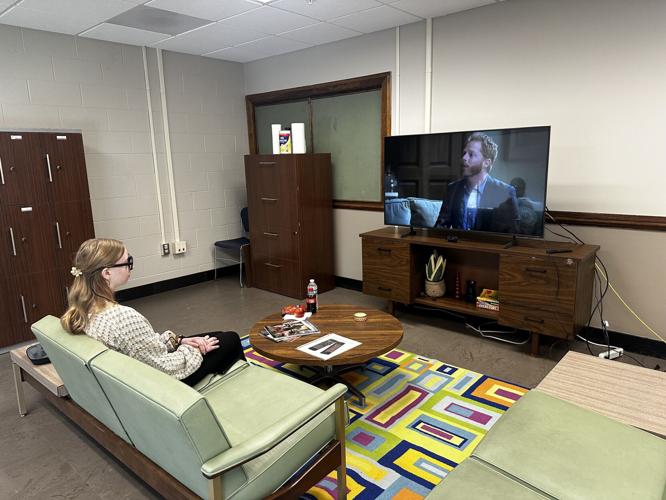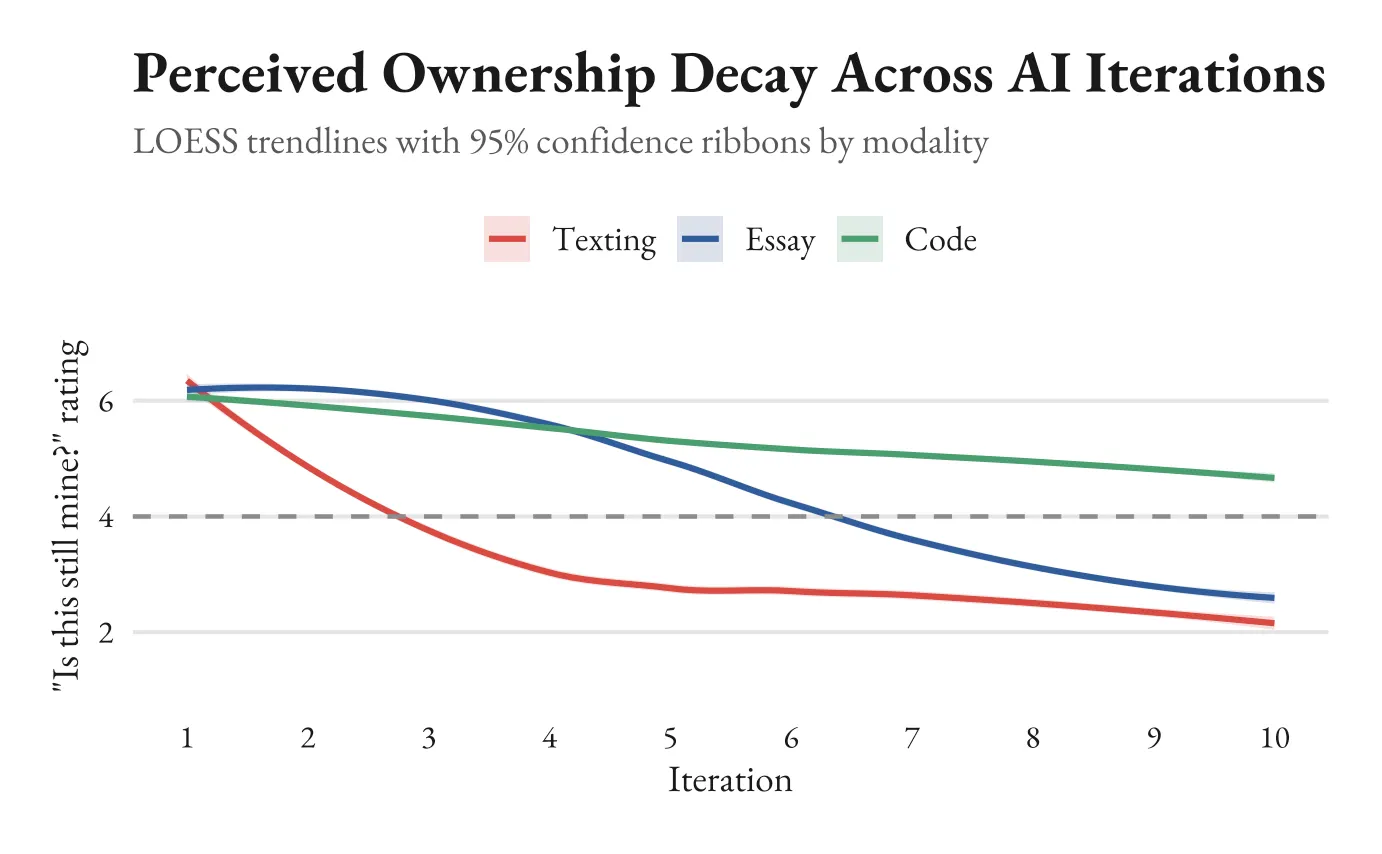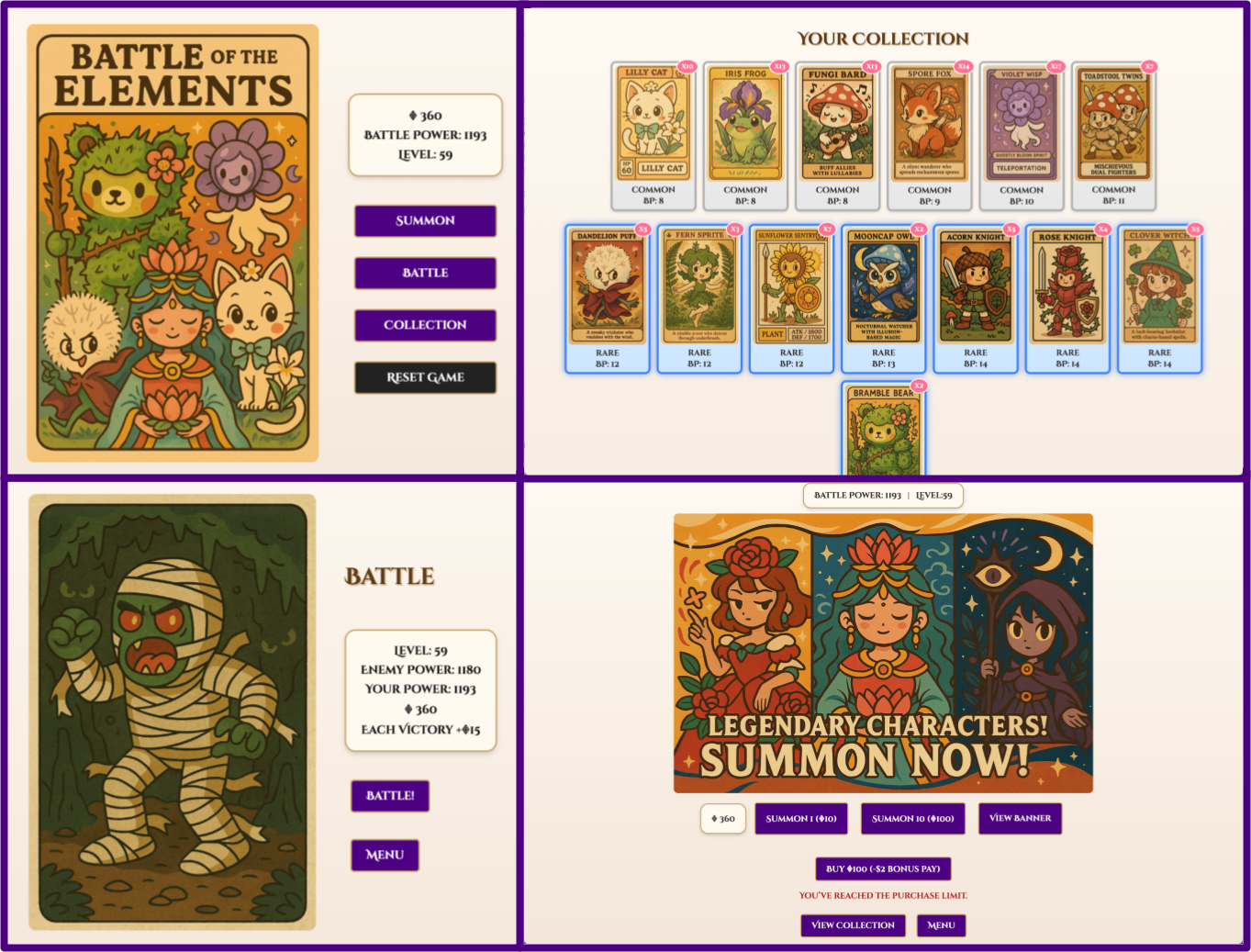Portfolio
I design and ship experimental prototypes to test how digital platforms like social media feed, video streaming website, and pay-to-play games shape persuasion, attention, and consumer behavior. I build interactive environments in HTML/JS, instrument them for behavioral logging (clicks, comments, eye-tracking, sentiment), and deploy them in user studies. My work generates actionable insights on advertising effectiveness, platform affordances, and monetization mechanics, with results already published in top communication journals and presented at international conferences.

Donut Shop Ordering App
Challenge: I approached the owner of my favorite local donut shop.
The in-store ordering experience overwhelmed customers with
dozens of topping options, no visualization, and decision paralysis—especially
for kids and neurodivergent users. I wanted to explore how better UX could
remove cognitive load and bring joy back to ordering.
Prototype: Designed and built a fully functional mobile ordering app in
HTML/CSS/JS, including a real-time donut customizer with layered
toppings, a “Can’t Decide?” recommendation system, and a one-tap randomizer for
indecisive users. Includes cart, checkout, and animated receipt flow.
Approach: Applied decision-making research
(choice overload, progressive disclosure, visualization for cognitive
offloading) to streamline the user flow. Created custom PNG topping layers,
generated thumbnails in-browser, and built dynamic UI behaviors such as
shake-to-error feedback, confetti, and sticky headers.
Key Insight: Choice architecture matters—even for donuts. Simplifying
decision steps, adding defaults, and visualizing outcomes dramatically reduces
user hesitation and makes ordering faster, calmer, and more delightful.
Research Brief
Causal Role of Social Features in Buying
Challenge: Platforms like Instagram shape user–creator
relationships through features such as comments, but it was unclear
how removing these interactions would affect engagement and purchase
intent for sponsored posts.
Prototype: Built a fully functional Instagram-style feed in
HTML/JS with toggleable comments. Participants could scroll,
like, and interact in a naturalistic environment with embedded
sponsored content.
Approach: Logged user actions (comment length, frequency, sentiment) and paired with survey data on parasocial connection and consumer
attitudes.
Key Insight: Parasocial relationships predicted purchase
intent only when comments were enabled. Disabling comments
broke the PSR → purchase link, showing how small design changes can
disrupt creator–follower influence.
Research Brief
Shoppable Advertising Study
Challenge: As brands test shoppable ad formats, it was
unclear whether consumers would see them as useful enhancements or
disruptive interruptions — and whether effectiveness depends on
platform context (social vs. streaming).
Prototype: Built interactive streaming TV and
social media ad experiences in HTML/JS, allowing
direct comparison of shoppable vs. traditional formats.
Approach: Logged user interactions (clicks, overlay opens) and combined with survey measures of attention, attitudes,
and purchase intent, plus open-ended feedback on intrusiveness.
Key Insight: On social media, shoppable ads felt
intrusive and lowered purchase intent. On streaming TV, the
same formats increased purchase intent by creating a lean-forward
shopping moment. Takeaway: platform-fit is critical when
rolling out interactive ad formats.

Living Room Shoppable TV Ad Study
Challenge: With the rise of shoppable TV ads, brands need to understand how viewers
respond to interactive purchase prompts embedded in a traditional viewing experience.
Prototype: Programmed a mock streaming-TV environment with scheduled ad breaks and
interactive shoppable overlays allowing viewers to explore or purchase featured products in
real time.
Approach: Conducted the study in a naturalistic living-room lab. Participants wore
eye-tracking goggles while watching, enabling synchronized gaze and behavioral data capture.
After viewing, participants completed a post-experiment interview discussing perceptions of
novelty, usefulness, and intrusion.
Key Insights: Most participants found the idea of shopping through TV “interesting,”
but few interacted with the shoppable prompts. Eye-tracking revealed that when overlays appeared,
viewers’ gaze shifted toward their remote controls more often than in traditional ad breaks,
suggesting curiosity or intention to act. The open question: what stopped that intention from becoming
interaction?


The Ship of Theseus Paradox in AI-Assisted Writing
Challenge: As AI writing tools become invisible infrastructure, users increasingly rely on
them, but also express unease about “losing their voice.”
How does AI affect the feeling of authorship across writing contexts?
Approach: Designed a within-subjects experiment where participants wrote three types of text
(casual message, essay paragraph, code snippet), ran each through an AI writing tool for ten
consecutive rewrites, and rated each rewrite on a "sense of ownership" scale.
Collected follow-up interviews to triangulate interpretation with qualitative data on emotional risk and AI comfort.
Key Insights: The more personal the writing, the faster authorship deteriorated. Texting collapsed
by iteration 3; essay writing faded slowly; code held steady. Emotional intimacy predicted resistance to AI assistance.
Participants welcomed help in functional contexts, but rejected intervention in spaces tied to identity or self-expression.
Research Brief
Social Media Pharmaceutical Advertising
Challenge: Pharmaceutical ads on social media must present
both benefits and risks, but it was unclear how consumers actually
allocate attention, emotion, and memory across these sections — with
implications for health information recall.
Prototype: Created realistic
pharma ad stimuli embedded in a simulated social media feed,
contrasting benefit-focused content (e.g., lifestyle imagery) with
risk disclosures (e.g., scrolling side effects).
Approach: Used eye-tracking and
facial emotion analysis to generate heat maps of attention,
capture real-time affective responses, and measure post-exposure
memory recall.
Key Insight: Participants gave less attention and
showed weaker memory for risk sections compared to benefits,
with more negative emotional reactions during risk exposure.
Findings highlight the challenges of ensuring
risk information is noticed and retained in digital ad
formats.

Gacha Behavioral Economies
Challenge: Mobile games depend on gacha mechanics for
engagement and monetization, but it’s unclear how design variables
(pull odds, banner framing, bonus gems) influence player trust,
spending, and progression.
Prototype: Built a fully functional
gacha battle game in HTML/JS with summon, battle, and
progression systems, allowing precise control over
odds, banner design, animations, endowment bonuses, pricing, and
rarity.
Approach: Logged player behavior and spending via
Apps Script to test how randomized rewards, completion bias,
and value framing drive engagement.
Key Insight: The platform provides a reusable testbed for
behavioral economics and game UX research, enabling
experiments on how design choices in gacha systems shift trust,
spending patterns, and purchase intent.

Game Value Dashboard
Challenge: With gaming shifting from ownership to
subscription models, players face an invisible calculus: when does
paying monthly outpace simply buying your games?
Prototype: A fully front-end dashboard built in
HTML + CSS + JavaScript that lets users simulate their
personal break-even point between buying and subscribing. Sliders
adjust subscription price, game cost,
hours played, and years of play, with a live-updating
neon chart that visualizes amortized cost over time.
Approach: Designed with a
Steam-inspired cyberpunk aesthetic and reactive UI, the
dashboard merges economic reasoning with visual play—showing how
attention, habit, and time investment translate into real monetary
efficiency.
Key Insight: Ownership versus access isn’t just a financial
decision. It’s a behavioral one. The tool turns abstract economics
into an interactive reflection of how players consume, optimize, and
rationalize value.





